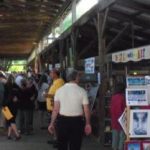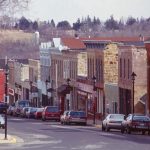Retail and Service Business Mix in Wisconsin’s Downtowns
What can we do to increase business activity in our downtown? Are there certain types of retail and service businesses that still make economic sense in our downtown given the proliferation of largeformat stores in other locations? What types of downtown businesses are in similar-size communities? What do we have that they don’t? One way to begin to answer these questions is to analyze the business mix in other communities with similar population. This article summarizes a University of Wisconsin–Extension (UWEX) staff paper titled Retail and Service Business Mix Analysis of Wisconsin’s Downtowns which analyzes the number and types of downtown establishments in over 300 of the state’s cities and villages. It provides a snapshot of business activity to stimulate ideas about business expansion and recruitment.
Read More...











